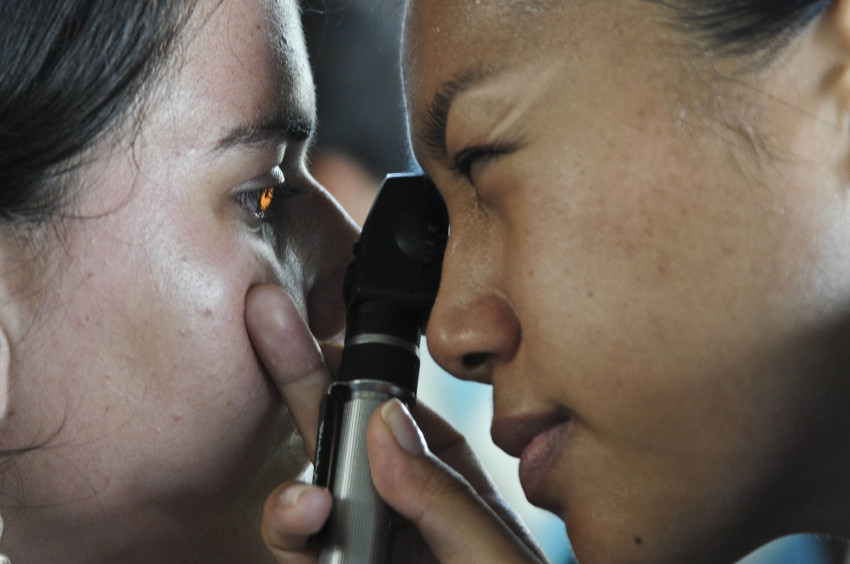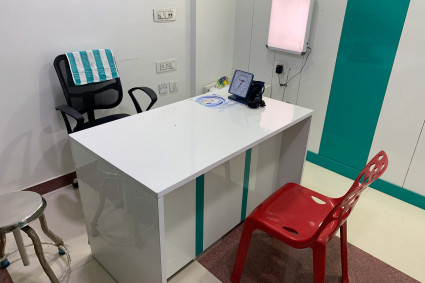
Everyone is talking about healthy living these days, and people have changed their lifestyles around to accommodate time for exercising, yoga etc, as well as healthy eating and drinking. So, do people look after their eyes, just like they do the rest of their bodies?
Getting your eyes checked on a regular basis is also an important part of a healthy lifestyle. It is recommended that adults who pass the age of forty years, should get an eye test done, and for those suffering from illnesses such as diabetes, hypertension etc should check their eyes even before that, and at regular intervals.
An eye exam involves a series of tests to assess vision and check for eye diseases. There are many Opticians in Sri Lanka who conduct eye testing in Sri Lanka, and you don’t really have to specifically go to a doctor to get it done.
So, what are the basics included in vision or eye testing?
Well, the first step for a first time visit to a doctor or an optician for an eye exam, will be to get a background check on your medical history, as well as if you have a history of any vision related problems. If you already wear spectacles through a prescription you had got from a different doctor, they will need to check this as well, so that they know if the results from the eye exam have changed since the last time.
The eye exam conducted by a professional in eye care will include checking your visual acuity to identify if you need to wear eyeglasses to improve your vision, your eye pressure will be measured after using a numbing drop in your eyes, and several different lights will be used to check the health of your eyes. Before this last step, the doctor or optician will dilate your eyes using an eye drop.
Many different tests will be performed on each eye during an eye exam or vision test, to examine the appearance and function of all parts of the eyes. These will include:
- Eye Muscle test – To evaluate the muscles that control eye movement. The doctor or optician will watch the eye’s movement as it follows a moving object.
- Visual Acuity test – To measure how clearly you see, by asking you to read different letters of the alphabet which are on a Snellen Chart. The type face gets smaller and smaller as you move down the Chart, and each eye is checked separately.
- Refraction Assessment – Light waves are bent as they pass through your cornea and eye lens. You will be diagnosed with having a refraction error if the light rays don’t focus perfectly on the back of your eye, and would mean that you need corrective glasses. This test helps the doctor or professional conducting the eye testing to determine a prescription that will give you the sharpest and most comfortable vision.
- Visual Field Test (Perimetry) – This test determines if you have problems seeing any area within your overall field of vision. There are 3 types:
· Confrontation exam
· Manual testing
· Automated perimetry
- Colour Vision Testing – Screening your vision for colour deficiency in order to check if you have poor colour vision.
- Slit-Lamp Exam – This is a device to check your eyelids, lashes, cornea, iris, lens and fluid chamber for any irregularities.
- Retinal Exam – Allows the specialist to evaluate the back of your eye, including the retina, optic disk and blood vessels.
- Glaucoma Screening – Also called Tonometry, this test measures the fluid pressure in the eye in order to detect Glaucoma.
These are the basics that are included in eye testing, conducted by either a doctor or optician. Once the testing is done, they may recommend that you use spectacles or contact lenses in Sri Lanka to improve your vision related issue. It is very important that you take care of your eyes, because you will not get another pair. Get your eyes checked on a regular basis by a professional in eye care.




